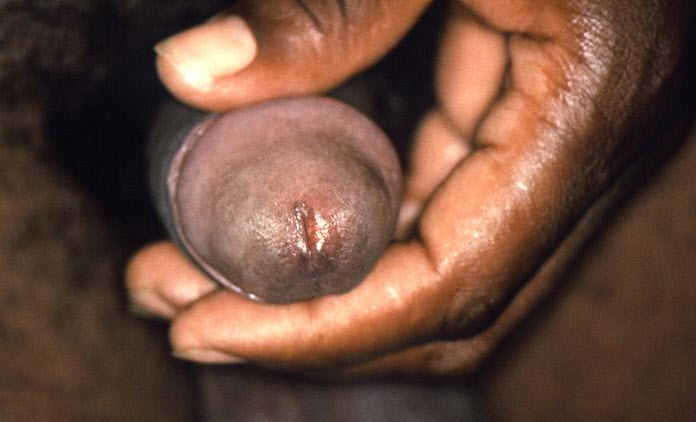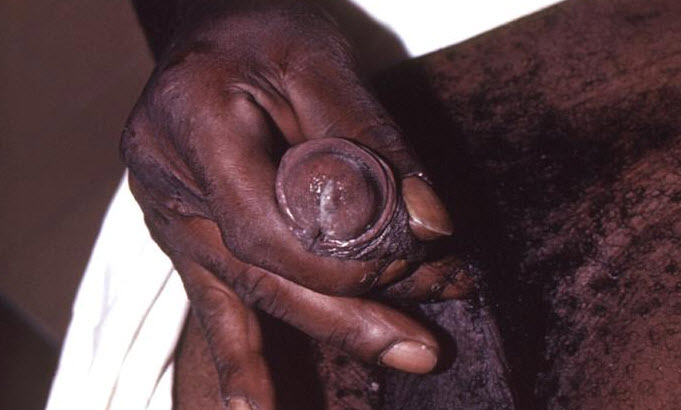Urethritis physical examination
|
Urethritis Microchapters | |
|
Diagnosis | |
|
Treatment | |
|
Case Studies | |
|
Urethritis physical examination On the Web | |
|
American Roentgen Ray Society Images of Urethritis physical examination | |
|
Risk calculators and risk factors for Urethritis physical examination | |
Editor-In-Chief: C. Michael Gibson, M.S., M.D. [1]; Associate Editor(s)-in-Chief: Seyedmahdi Pahlavani, M.D. [2]
Overview
The most common physical finding in urethritis is urethral discharge. The entire genital area must be examined to rule out other possible afflictions.
Physical Examination
Appearance of the patient
Patients are usually well-appearing.
Vital signs
Rarely, fever is found to be present.
Genitourinary system
In patients with symptoms suggestive of urethritis, a thorough examination of the genital area must be performed.[1][2]
- The genitalia are best examined while the patient is supine.
- Patients should be examined for inguinal lymphadenopathy, ulcers, or urethral discharge.
- The skin of the entire pubic area, scrotum, groin, and penis should be examined for lesions, and the hair should be examined for lice.
- The testes, epididymis, and spermatic cords should be palpated for masses or tenderness.
- The urethral meatus should be inspected for secretions.
- If no discharge is present, the urethra should be gently stripped or milked.
- Milking frequently expels a discharge that may be collected on a swab for further examination.
Images
Milking in patients with urethrits:
-
Mucoid urethral discharge in men with non-gonococcal urethritis.
-
Mucopurulent urethral discharge.

